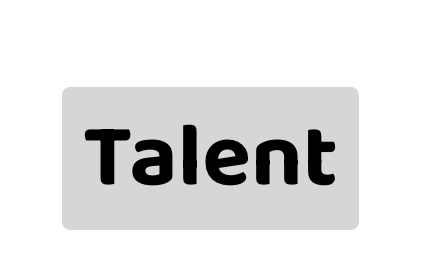Hiring is one of the most critical functions of any growing business. It’s the gateway to bringing in top talent, driving innovation, and achieving your company’s goals. However, an outdated or inefficient hiring process can become a bottleneck, slowing down your growth and costing you valuable time, money, and opportunities. If you’re struggling to keep up with hiring demands, here are five red flags that indicate your hiring process needs an upgrade—and how to fix them.
1. Too Many Unqualified Applicants
If your hiring team is drowning in a sea of resumes, most of which are irrelevant, it’s a clear sign that your job postings aren’t effectively targeting the right candidates. This not only wastes time but also increases the risk of missing out on qualified talent.
Why It Happens:
- Vague or overly broad job descriptions.
- Lack of targeted keywords to attract the right candidates.
- Posting on irrelevant job boards or platforms.
How to Fix It:
- Use clear, concise, and specific job descriptions that highlight must-have skills and qualifications. Incorporate relevant keywords to improve visibility on job boards and search engines.
- Applicant Tracking Systems (ATS) like TechKluster can help you create targeted job postings that reach the right audience. These tools use AI to match job descriptions with qualified candidates, reducing the volume of unqualified applicants.
- Post your job openings on niche job boards or platforms that cater to your industry or the specific roles you’re hiring for.
2. Hiring Takes Too Long
A lengthy hiring process is one of the biggest culprits behind losing top talent. If it takes months to fill a role, candidates are likely to accept offers from companies that move faster.
Why It Happens:
- Manual resume screening and interview scheduling.
- Lack of coordination among hiring teams.
- Too many rounds of interviews or unnecessary steps in the process.
How to Fix It:
- Use an ATS to automate resume screening and shortlist candidates based on predefined criteria. This reduces the time spent on manual reviews.
- Limit the number of interview rounds and involve only key decision-makers. Use tools like TechKluster to automate interview scheduling and eliminate back-and-forth emails.
- Establish a hiring timeline and stick to it. Communicate this timeline to candidates to manage their expectations.
3. High Candidate Drop-Off Rates
If candidates are withdrawing their applications or ghosting you during the hiring process, it’s a sign that your candidate experience is lacking. A poor candidate experience can damage your employer brand and deter top talent from applying in the future.
Why It Happens:
- Complicated or lengthy application forms.
- Lack of communication or updates during the hiring process.
- Unclear job expectations or timelines.
How to Fix It:
- Ensure your application form is user-friendly and mobile-optimized. Only ask for essential information upfront.
- Keep candidates informed at every stage of the process. Send automated updates about their application status and next steps.
- Let candidates know how long each stage of the hiring process will take and when they can expect to hear back from you.
4. Interview Scheduling Chaos
Constant rescheduling, missed interviews, and no-shows are clear indicators that your interview scheduling system is inefficient. This not only frustrates candidates but also delays the hiring process.
Why It Happens:
- Reliance on manual scheduling via emails or phone calls.
- Lack of a centralized system to manage interviews.
- Time zone differences or conflicting schedules.
How to Fix It:
- Platforms like TechKluster offer automated interview scheduling features that allow candidates to choose their preferred time slots based on the interviewer’s availability. This eliminates the need for back-and-forth communication.
- Use a single platform to manage all interviews, ensuring everyone involved is on the same page.
- Automate reminders to candidates and interviewers to reduce no-shows and last-minute cancellations.
5. Lack of Data on Hiring Performance
If you’re not tracking key hiring metrics, it’s nearly impossible to identify bottlenecks or measure the effectiveness of your hiring process. Without data-driven insights, you’re essentially flying blind.
Why It Happens:
- Reliance on manual record-keeping or spreadsheets.
- Lack of tools to track and analyze hiring metrics.
- No defined KPIs for the hiring process.
How to Fix It:
- Use an ATS with built-in analytics to track metrics like time-to-hire, cost-per-hire, candidate drop-off rates, and source of hire. These insights can help you identify areas for improvement.
- Define key performance indicators (KPIs) for your hiring process, such as reducing time-to-hire by 20% or improving candidate satisfaction scores.
- Conduct regular reviews of your hiring metrics to spot trends and make data-driven decisions.
It’s Time to Upgrade Your Hiring Process
If any of these red flags sound familiar, it’s a clear indication that your hiring process is holding you back. In today’s competitive talent market, companies can’t afford to rely on outdated methods. By leveraging modern tools like TechKluster and adopting a data-driven approach, you can streamline your hiring process, improve candidate experience, and secure top talent faster.
Don’t let an inefficient hiring process slow down your growth. Take action today to upgrade your hiring strategy and stay ahead of the competition.


